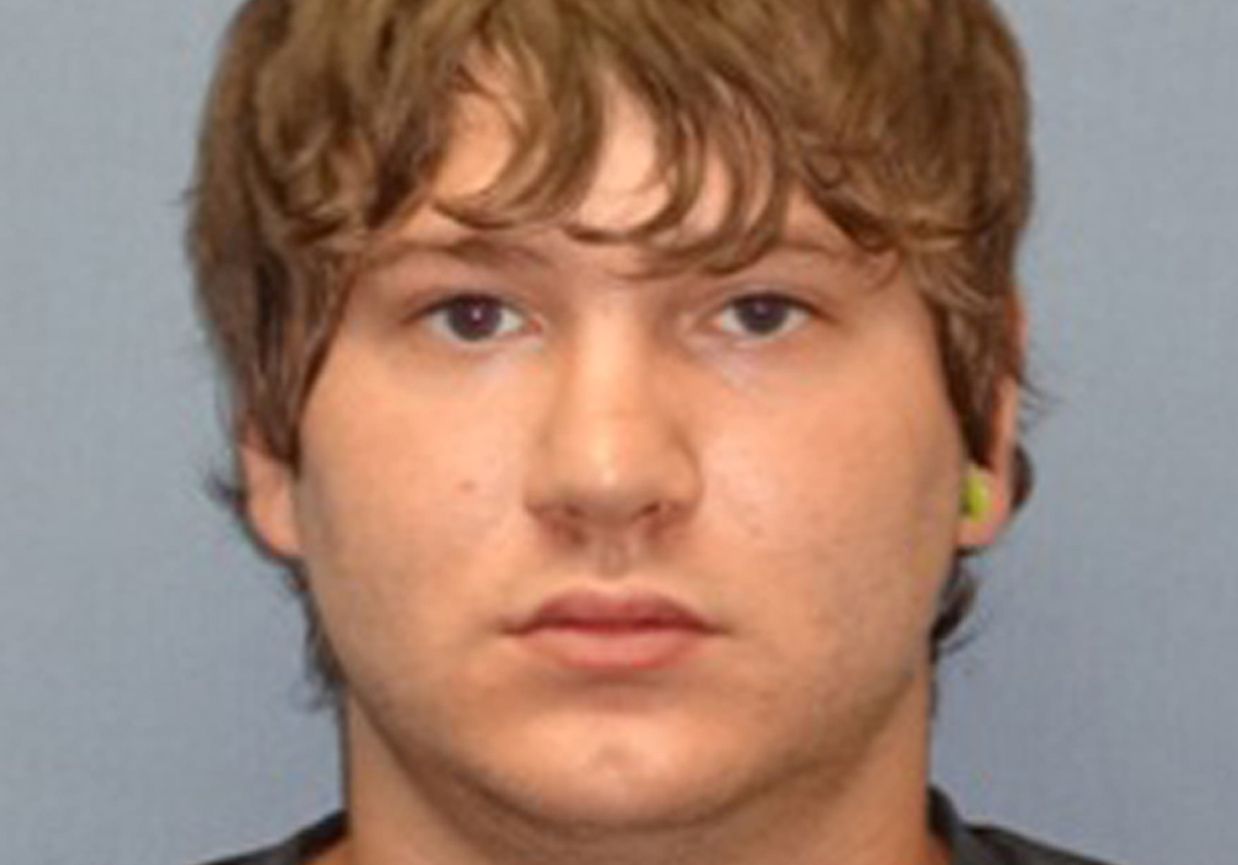
The man accused of planning and attempting to execute a bomb plot against a bank in Oklahoma City was inspired by Brad Pitt's Fight Club and was worried that the Islamic State militant group (ISIS) would take credit for his attack, according to an FBI affidavit.
Jerry Drake Varnell, a 23-year-old from Sayre, Oklahoma, believed that he was driving a stolen van that was holding an explosive device. But he in fact was in possession of a fake bomb made by an undercover FBI agent in a months-long undercover sting operation.
The FBI acted on a tip-off from a confidential informant, and the agent posed as an explosives expert known only as "the Professor," court documents said. Varnell's targets included an IRS building in Texas. He wanted to make sure that "the federal government be connected to the target location in some manner."
It was an anti-government plot, and Varnell spoke to undercover agents about starting a "revolution." But he was concerned that the attack would be twisted by others.
The documents said he told the undercover agent that they needed a way "to get his message out to ensure that no other group, such as ISIS, was able to take credit for the attack."
Not only was his plot inspired by a hatred of the government, the FBI said, but the Brad Pitt movie Fight Club. He referenced the film's main character, Tyler Durden, who seeks to bring down a government building with credit card company records to erase his debt.
"That's the kind of shit I want to fucking do; it's time to do that kind of fucking shit," he said.
He told the undercover agent that he had experience making small explosives before, but he allowed the agent to provide the materials and take the lead role in building the device.
He now faces charges of attempting to use explosives to destroy a building.
Part of his inspiration also came from the 1995 bombing of the Murrah Federal Building in Oklahoma. Timothy McVeigh's attack killed 168 people, and he was executed in 2001. It was the deadliest homegrown extremist attack in U.S. history.
"I'm out for blood," he said, according to court documents. "When militias start getting formed, I'm going after government officials when I have a team."
He said that he shared the ideology of the III%, or 3 percenters, a militia group that says it will resist the government.
Uncommon Knowledge
Newsweek is committed to challenging conventional wisdom and finding connections in the search for common ground.
Newsweek is committed to challenging conventional wisdom and finding connections in the search for common ground.
About the writer
Jack is International Security and Terrorism Correspondent for Newsweek.
Email: j.moore@newsweek.com
Encrypted email: jfxm@protonmail.com
Available on Whatsapp, Signal, Wickr, Telegram, Viber.
Twitter: @JFXM
Instagram: Read more
To read how Newsweek uses AI as a newsroom tool, Click here.





